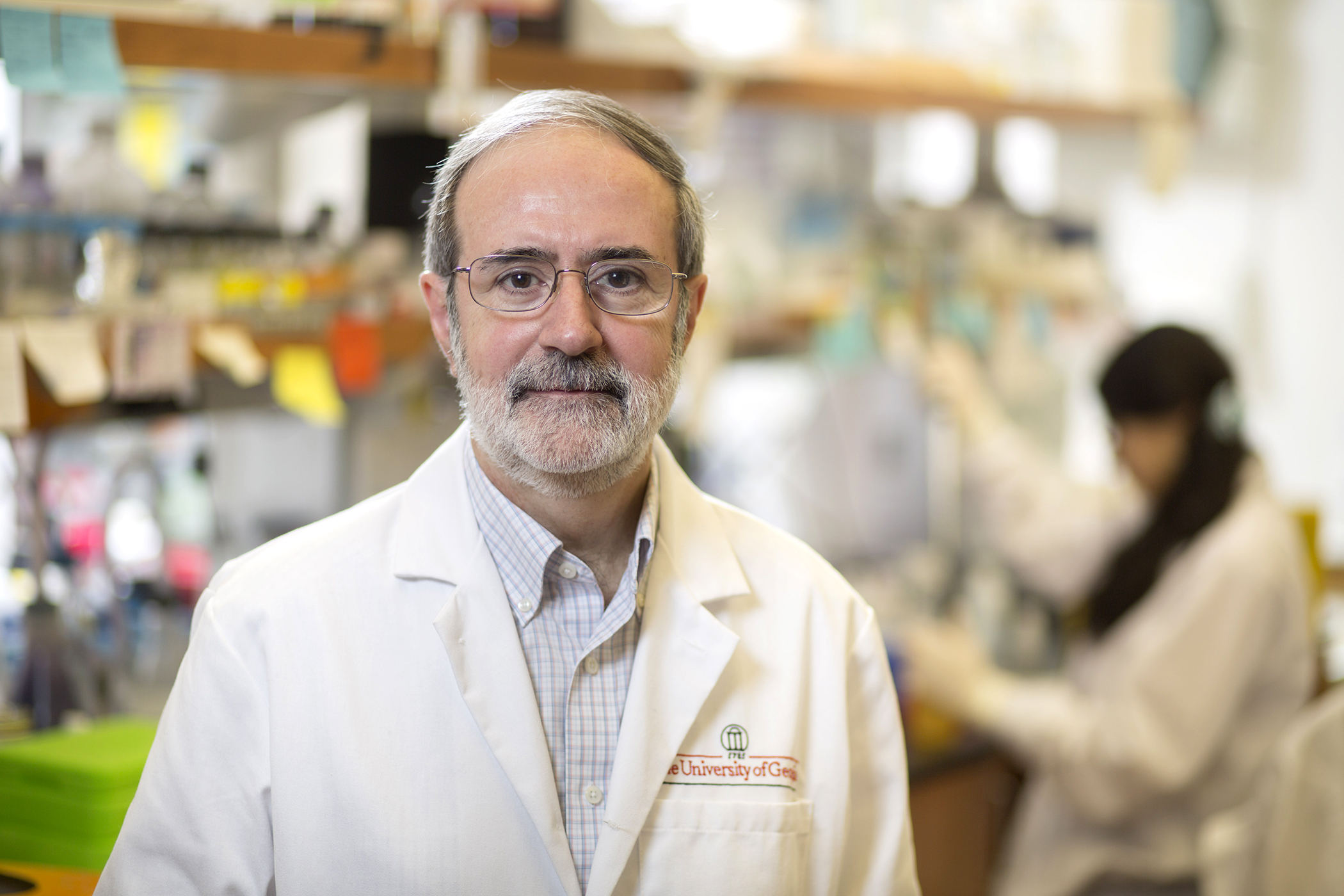An X-Domain Phosphoinositide Phospholipase C (PI-PLC-like) of Trypanosoma brucei Has a Surface Localization and Is Essential for Proliferation
Trypanosoma brucei is the causative agent of African trypanosomiasis, a deadly disease that affects humans and cattle. There are very few drugs to treat it, and there is evidence of mounting resistance, raising the need for new drug development. Here, we report the presence of a phosphoinositide phospholipase C (TbPI-PLC-like), containing an X and a PDZ domain, that is similar to the previously characterized TbPI-PLC1. TbPI-PLC-like only possesses the X catalytic domain and does not have the EF-hand, Y, and C2 domains, having instead a PDZ domain. Recombinant TbPI-PLC-like does not hydrolyze phosphatidylinositol 4,5-bisphosphate (PIP2) and does not modulate TbPI-PLC1 activity in vitro. TbPI-PLC-like shows a plasma membrane and intracellular localization in permeabilized cells and a surface localization in non-permeabilized cells. Surprisingly, knockdown of TbPI-PLC-like expression by RNAi significantly affected proliferation of both procyclic and bloodstream trypomastigotes. This is in contrast with the lack of effect of downregulation of expression of TbPI-PLC1.
Núria W Negrão, Logan P Crowe, Brian S Mantilla, Rodrigo P Baptista, Sharon King-Keller, Guozhong Huang, Roberto Docampo. Pathogens. 2023 Feb 28;12(3):386. doi: 10.3390/pathogens12030386.







 Trypanosoma brucei, a protist parasite that causes African trypanosomiasis or sleeping sickness, relies mainly on glycolysis for ATP production when in its mammalian host. Glycolysis occurs within a peroxisome-like organelle named the glycosome. Previous work from our laboratory reported the presence of significant amounts of inorganic polyphosphate (polyP), a polymer of three to hundreds of orthophosphate units, in the glycosomes and nucleoli of T. brucei In this work, we identified and characterized the activity of two Nudix hydrolases, TbNH2 and TbNH4, one located in the glycosomes and the other in the cytosol and nucleus, respectively, that can degrade polyP. We found that TbNH2 is an exopolyphosphatase with higher activity on short chain polyP, while TbNH4 is an endo- and exopolyphosphatase that has similar activity on polyP of various chain sizes. Both enzymes have higher activity at around pH 8.0. We also found that only TbNH2 can dephosphorylate ATP and ADP but with lower affinity than for polyP. Our results suggest that Nudix hydrolases can participate in polyP homeostasis and therefore may help control polyP levels in glycosomes, cytosol and nuclei of T. brucei.
Trypanosoma brucei, a protist parasite that causes African trypanosomiasis or sleeping sickness, relies mainly on glycolysis for ATP production when in its mammalian host. Glycolysis occurs within a peroxisome-like organelle named the glycosome. Previous work from our laboratory reported the presence of significant amounts of inorganic polyphosphate (polyP), a polymer of three to hundreds of orthophosphate units, in the glycosomes and nucleoli of T. brucei In this work, we identified and characterized the activity of two Nudix hydrolases, TbNH2 and TbNH4, one located in the glycosomes and the other in the cytosol and nucleus, respectively, that can degrade polyP. We found that TbNH2 is an exopolyphosphatase with higher activity on short chain polyP, while TbNH4 is an endo- and exopolyphosphatase that has similar activity on polyP of various chain sizes. Both enzymes have higher activity at around pH 8.0. We also found that only TbNH2 can dephosphorylate ATP and ADP but with lower affinity than for polyP. Our results suggest that Nudix hydrolases can participate in polyP homeostasis and therefore may help control polyP levels in glycosomes, cytosol and nuclei of T. brucei.